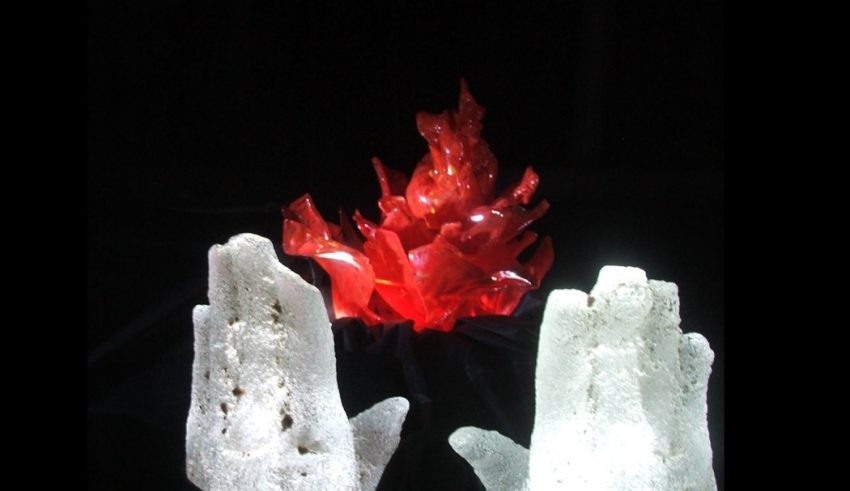
Appreciating the Log that Refuses to Burn
I recently placed a log in my fire that seems to be like every other log. However, for some reason it refused to burn and over three evenings of fire it remained unburned – scorched but unburned. And it messed up the burning of other logs I placed in the fire around it. I was frustrated and eventually grabbed the log with my fireplace tongs and placed it to the side of the grate. This recalcitrant log refused to disengage from the action. It continued to smolder—but did not burn. I considered the smoke emanating from this log to be a sign of its resentment.
Two days later, I lite up a big fire and placed the non-burning log right in the middle of this conflagration. All the logs that I positioned around my recalcitrant log burned with great intensity. My unburning log succumbed to the pressure and gradually burned down. It eventually became nothing more than a small pile of ashes. While I was glad to get rid of this pest, I must admit that I admired the tenacity of this log and found it to be a source of important new lessons about the role placed by recalcitrant players in organizations (Rogers, 1995).
In seeking to understand this recalcitrance in organizations, we can return to the Sustainability Curve. When a program or organization is abandoned during the downturn in its life, there often is an unacknowledged casualty. Those who were early enthusiasts become disillusioned not just with this program or organization—but with future program and organizations as well. As a result of this disillusionment, these visionaries and initiators now become recalcitrant – they join those who resist new ideas and ventures in the future.
Frequently, we find in history of recalcitrant, that they were formerly those who supported new ventures. These folks are now the logs in a fire that refuse to burn. They have concluded that new ideas and projects will always be unsuccessful or are never given a fair test. Furthermore, if the new idea or project is a success, then the recalcitrant is faced with a new reality: they really “messed it up” when they were involved in their previous initiatives. Their new program or organization might have been a success “if only they had . . . “. Thus, when we abort a program or organization in the middle of a Sustainability Curve, we may be producing people who will be hindrances to new initiatives efforts in the future. Like recalcitrant logs that are resistant to firing up, these members of the organization not only take up room on the organizational grate, but also tend to hinder the performance (burning) of other members of the organization (logs).









